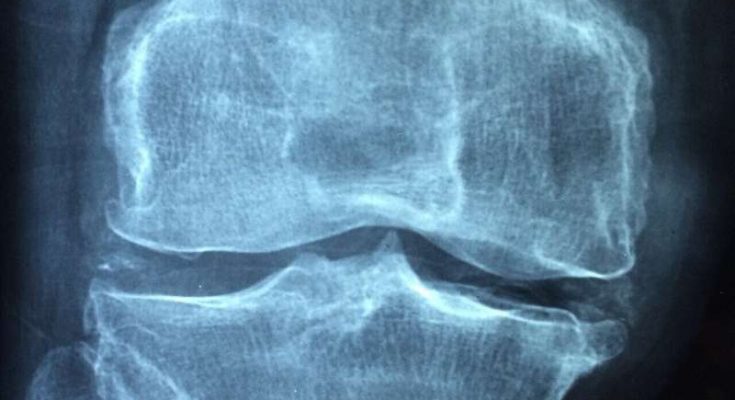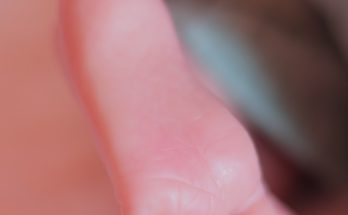Osteoarthritis is a wear-and-tear disorder marked by bone thickening and cartilage degeneration, an excruciatingly painful disability, and a major cause of impaired mobility as people age. But scientists have begun viewing this form of arthritis differently with a deeper understanding of the disorder’s causes and an eye toward personalized medicine as a treatment option.
Although for decades medical experts have focused on problems such as the pain caused by bone thickening and the disappearance of cartilage, scientists conducting research in Homburg, Germany at the Institute of Experimental Orthopedics and Osteoarthritis Research, say bone malalignment may play a critical role in osteoarthritis. In a novel clinical study, medical scientists demonstrate how the alignment problem can contribute to osteoarthritis—and they also suggest that correcting it can protect cartilage and reverse its degeneration.
“Although osteoarthritis, a leading cause of disability, has been associated with joint malalignment, scientific translational evidence for this link is lacking,” wrote Dr. Tamás Oláh, first author of a research paper in Science Translational Medicine.
But Oláh and a team of researchers launched a two-pronged approach to the problem demonstrating in both animal research and in a human case study that relieving a troublesome misalignment of the joint can help alleviate pain and restore the shock-absorbing role of cartilage in the knee. They report that malalignment of a joint can cause excessive pressure to be placed on it in a manner similar to a condition known as varus malalignment, more commonly known as bow-leggedness. People with severe forms of that condition can suffer cartilage loss and impaired mobility.
By correcting the misaligned joint—unloading pressure on it—the team discovered they could restore function and reduce pain. “We provide evidence of osteochondral recovery upon unloading symptomatic isolated medial tibiofemoral knee osteoarthritis associated with varus malalignment,” Olah noted.
Osteoarthritis is the most prevalent form of arthritis worldwide and a major global public health concern. It affects millions of people, inflicting pain and robbing patients of mobility. The disorder occurs when protective cartilage at the ends of bones—their cushions—diminishes after years of wear and tear. For some people, all cartilage may wear away, causing the debilitating problem of bone rubbing against bone. Without protective cartilage sandwiched between the bones, these patients not only feel pain but a grating sensation when moving the joint. Still others “hear popping or crackling” sounds, according to the Mayo Clinic in Minnesota.
Although osteoarthritis can damage any joint, it most frequently emerges in the knees, hips, hands and spine. Symptoms are pain, stiffness and losses of both flexibility and mobility. The bone itself becomes thicker. Yet, even in the face of unspeakable pain for some sufferers, doctors have choices to offer patients who are seeking symptom and pain relief. Damage to the joint, however, cannot be reversed, medical experts say.
#osteoarthritis; #Research





